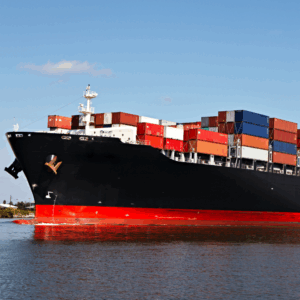
Export Framework: Regulations for Shipping Goods from Spain to the USA
National and EU-level regulations govern shipping from Spain to the U.S. Spain follows the Union Customs Code (UCC), which standardizes customs procedures for exiting the EU. Exporters must have an EORI number and complete a Single Administrative Document (DUA) for every shipment. This must be accompanied by a commercial invoice, a packing list, and, when applicable, certificates of origin and sanitary documents. Specialized control bodies, such as SOIVRE, are crucial when exporting food, industrial, or regulated items, as they ensure compliance with quality, labeling, and health standards before departure.
U.S. import compliance is equally essential. Exporters must ensure that recipients are not on OFAC or BIS restricted lists, complete any required FDA or USDA registrations, and comply with U.S. Customs and Border Protection (CBP) standards. Accuracy in documentation is crucial, as mistakes in values, HS codes, or certificates can result in delays or penalties. That’s why many exporters use experienced freight forwarders to validate and manage compliance. ExFreight’s platform supports this process with automated document generation, integrated export databases, and real-time compliance tools.
Although no free trade agreement exists between the U.S. and the EU, exporters benefit from schemes like GSP and can use Incoterms (EXW, FOB, CIF) to define responsibilities. These terms are critical as they affect liability, customs duties, and freight insurance. Freight forwarders play a key role in coordinating Incoterms with logistics partners and customs brokers across jurisdictions.
Shipping Service Options: Ocean Freight, Air Freight, and LCL
The Spain–USA corridor offers a range of shipping options, including ocean freight, air freight, and intermodal services. The choice depends on factors such as urgency, volume, sensitivity, destination infrastructure, and budget. 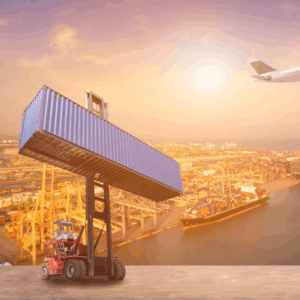
Ocean freight typically departs from ports such as Valencia, Algeciras, or Barcelona, and travels to destinations like New York, Miami, Houston, and Los Angeles. Major carriers operate these lanes, following strict schedules and port protocols. Transit time varies, but reliability, tracking, and digital documentation are key factors in ensuring a seamless experience. ExFreight enables real-time quoting, LCL consolidation options, and cost simulations based on Incoterms or container sizes.
Air freight is ideal for urgent or high-value items, such as electronics, fashion, or medical devices. Main hubs like Madrid and Barcelona offer direct flights to the U.S. Pricing is based on chargeable weight (volume + gross weight). Though more expensive, air freight ensures speed and control. ExFreight connects air segments with trucking and bonded warehouse agents for seamless door-to-door delivery.
Multimodal options (sea-air) are growing. For instance, goods may be shipped to a hub, such as Frankfurt, and then flown transatlantic. ExFreight evaluates such routes automatically, comparing transit times, carbon footprint, and customs requirements—empowering exporters to make informed decisions at scale.

U.S. customs clearance is one of the most critical stages in the shipping process. CBP requires a complete document package before goods arrive, including a commercial invoice, packing list, bill of lading, arrival notice, and, if necessary, the Import Security Filing (ISF). Errors in quantity, value, classification, or origin can cause delays or fines.
CBP utilizes a risk-based screening model that incorporates automated systems, random inspections, and targeted reviews. Harmonized Tariff Schedule (HTS) codes must be correct—they determine duties, taxes, and regulatory approvals from the FDA, USDA, FCC, etc. Importing requires a deep understanding of U.S. laws, classification systems, and associated restrictions.
All importers are required to secure a customs bond. Non-resident importers from Spain must appoint a U.S. broker and register with CBP. Many choose forwarders like ExFreight for integrated customs services. The platform handles ISF filings, bond procurement, and document synchronization to ensure compliance with relevant regulations.
Digitalization is vital here. EXFRESSO auto-fills customs forms using AI to extract data from invoices and POs. It alerts for missing certificates, suggests classifications, and pre-clears entries at major ports. For door-to-door services, customs become an integrated, transparent process—not a bottleneck.
Evaluating Ocean Freight Quality:
In B2B logistics, service quality is essential. Beyond speed or price, five key dimensions of service must be considered: tangibility, reliability, responsiveness, assurance, and empathy.
- Tangibles: Infrastructure, digital platforms, document quality. ExFreight delivers this through a precise interface and real-time dashboard.
- Reliability: Accurate documents, on-time transits, updates. ExFreight excels by syncing ports, customs, and distribution.
- Responsiveness: Proactivity during delays or disruptions. ExFreight uses control towers to monitor lanes and trigger alerts for real-time decision-making.
- Assurance: Trust, certifications, transparency, and strong account management.
- Empathy: Tailoring services (e.g., small exporters from Valencia, FDA-focused compliance) to client needs.
Shipping Tools and Resources for Exporters
Export success requires more than transport—it needs access to digital platforms, regulatory sources, support networks, and outsourced services.
Freight quote platforms, such as ExFreight’s, allow for instant cost simulations based on origin, destination, Incoterms, and cargo specifications. This minimizes manual quoting and enables scenario planning.
Exporters must monitor regulations from the EU (TARIC, GSP) and the U.S. agencies (FDA, CBP, EPA). These sources detail restricted items, labeling rules, sanitary requirements, and HS codes. Mistakes can lead to delays or fines. ExFreight integrates these regulations into autofill forms and validates codes.
Additionally, centralized document tools are necessary for bills of landing, security filings, certificates of origin, and e-manifests. A single interface simplifies coordination across carriers, brokers, and warehouses. ExFreight’s control tower ensures end-to-end traceability.
Lastly, access to sustainability and tech insights is critical. Reports on sustainable supply chains and digital logistics help exporters adopt best practices, minimize impact, and prepare for ESG requirements demanded by global buyers.
Sustainable Supply Chain Management: The Future of Global Shipping
Sustainability is now a strategic necessity. Research shows that it must be embedded throughout the supply chain—from raw materials to final delivery. For international shipping, this means redesigning networks for low emissions, resilient routes, and consolidated loads (like LCL), while embracing paperless systems.
ExFreight’s tech simulates emissions, measures ESG performance, and provides corrective strategies. Exporters must also audit their partners (carriers, brokers, and warehouses) for energy efficiency, labor safety, ethical contracts, and inclusivity—especially across jurisdictions such as Spain and the U.S.
Sustainable supply chains must also be resilient—able to adapt to disruptions (e.g., pandemics, port closures). Data analytics, collaborative models, and modal diversification help mitigate risk. ExFreight’s control towers detect issues and activate contingency plans in real time.
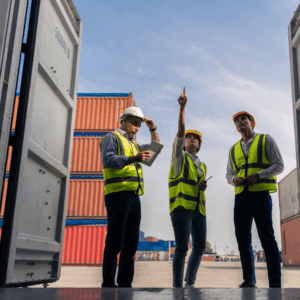
FAQs (Frequently Asked Questions)
What is the process for international shipping from Spain to the U.S.?
It begins with document preparation (invoice, packing list, origin certificate, and customs declaration), selecting the transport mode, coordinating with a freight forwarder, adhering to EU export regulations, and completing Spanish customs procedures. A licensed broker handles U.S. customs clearance, with final delivery made in accordance with the terms we agreed upon.
What’s the cheapest way to ship to the U.S.?
LCL shipping (Less than Container Load) is often the most cost-effective for smaller volumes. ExFreight’s tools calculate the best price based on weight, volume, route, and urgency.
What services does ExFreight offer?
ExFreight provides international freight by sea and air, door-to-door delivery, customs clearance, online quotes, and real-time tracking—all managed through the EXFRESSO digital platform.
What documents are needed to export from Spain?
You’ll need a commercial invoice, packing list, origin certificate (if applicable), EORI number, DUA customs form, and, in some cases, sanitary certificates or an export license, all of which must be aligned with EU export laws.
Does ExFreight manage U.S. imports too?
Yes. ExFreight supports full U.S. import processes, including ISF filing, CBP coordination, non-resident bonding, and final delivery. Their team 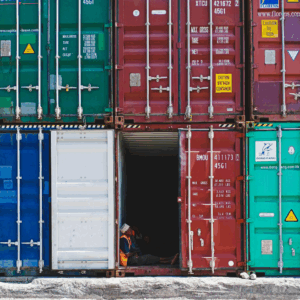
How is service quality ensured in international freight?
It assesses tangibility, reliability, responsiveness, assurance, and empathy. ExFreight applies these principles across its operations to meet top logistics standards.
Can I get shipping quotes online?
Yes. ExFreight offers instant online quotes with options for route, transport mode, estimated cost, and transit times.
Integrating Regulation, Quality, and Sustainability in Spain–USA Logistics
Shipping from Spain to the U.S. is more than physical transport—it’s a complex system of trade laws, service criteria, digital platforms, and sustainability imperatives. Mastering this landscape requires precision, expertise, and technology.
Companies must go beyond price and speed. Evaluating freight forwarders based on their reliability, responsiveness, and empathy is essential for ensuring operational efficiency and effective risk management. Meanwhile, integrating sustainable practices—such as low emissions, ethical partnerships, and ESG compliance—is now a strategic requirement, not just a competitive advantage. ExFreight’s value lies in its convergence of digital efficiency, regulatory transparency, and sustainability leadership—making it a strategic partner for exporters optimizing their international freight shipments from Spain to the USA.

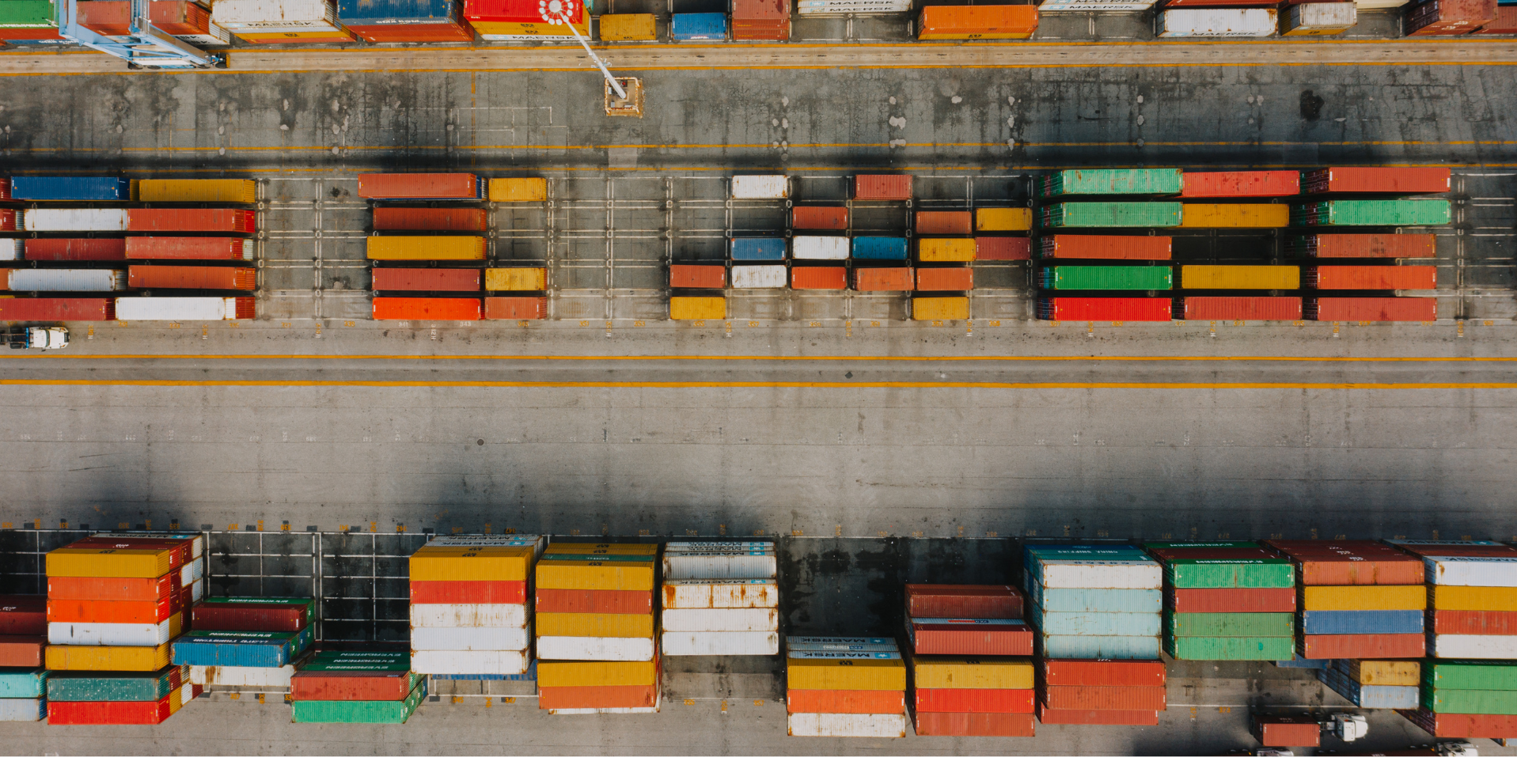
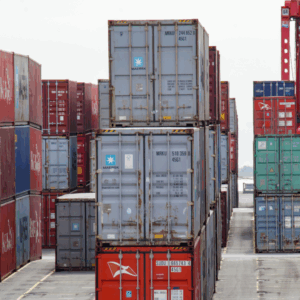

Leave A Comment
You must be logged in to post a comment.